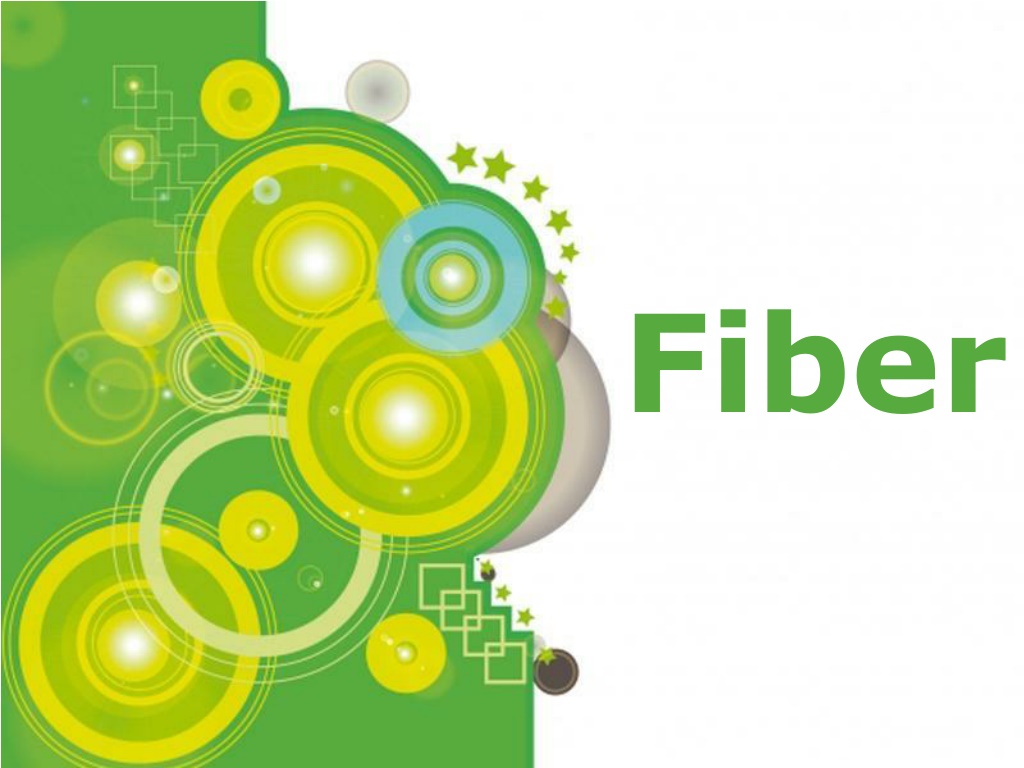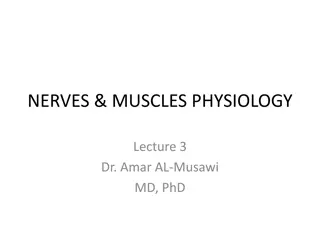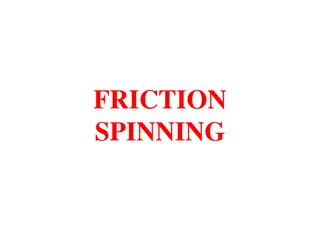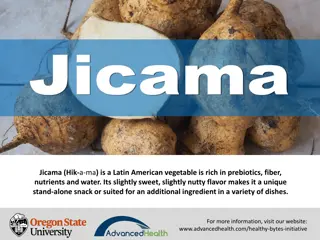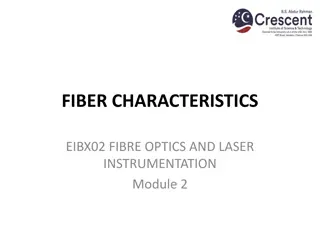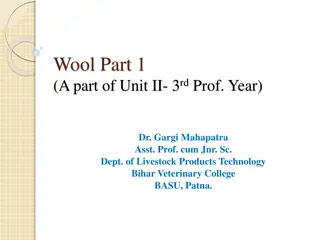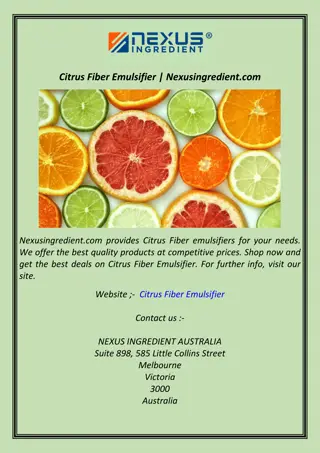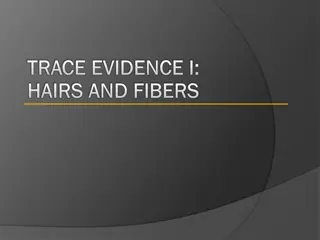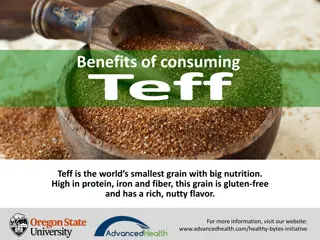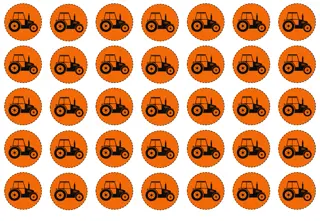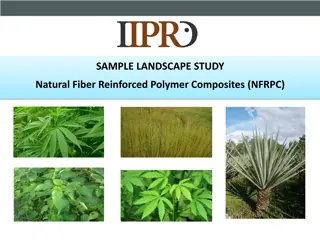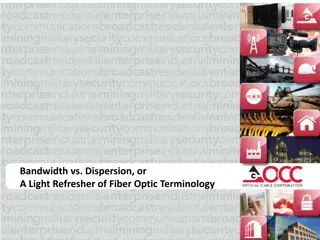Understanding Fiber and Its Health Benefits
Fiber is crucial for a healthy diet, yet many Americans fall short of the recommended daily intake. This presentation covers the importance of fiber, different types of fiber, high-fiber foods, and ways to increase fiber in your diet. Learn about the benefits of fiber, how it aids digestion, and why whole grains are essential sources. Dive into the components of the wheat kernel – the endosperm, germ, and bran – to understand their nutritional value. Discover how fiber can lower risks of digestive issues and certain cancers.
Download Presentation

Please find below an Image/Link to download the presentation.
The content on the website is provided AS IS for your information and personal use only. It may not be sold, licensed, or shared on other websites without obtaining consent from the author. Download presentation by click this link. If you encounter any issues during the download, it is possible that the publisher has removed the file from their server.
E N D
Presentation Transcript
Fiber Powerpoint Templates Powerpoint Templates Page 1
Fiber The average American does not get enough fiber in their diets. The National Cancer Institute recommends that the average person gets 20-35 grams of fiber every day. Two other common names for fiber are: Roughage or Cellulose. Powerpoint Templates Page 2
Fiber Fiber is important because it attracts water to the intestines and helps move food through your system faster. You have to have water along with fiber or it is not as effective Benefits of fiber include a lowered risk of constipation, diverticulitis, hemorrhoids, and colon or rectal cancer. Powerpoint Templates Page 3
Two Types The two types of fiber and their functions are: 1. Soluble: Helps to lower total blood cholesterol 2. Insoluble: Helps move food through the body- will NOT digest or dissolve. (Cellulose) Fiber only comes from plant food sources. You cannot get Powerpoint Templates fiber from animal food sources. Page 4
High in Fiber Foods that are high in fiber include: a. Fruits and Vegetables (especially the skins!) b. Whole Grains c. Beans/Legumes d. Bran Cereals Powerpoint Templates Page 5
Increase Fiber Ways to increase fiber in the diet: 1. Add whole grains 2. Use whole wheat flour 3. Eat the skins Powerpoint Templates Page 6
Wheat Kernel Wheat is milled to produce flours that are used in pasta, crackers, cereals and other high fiber foods. Endosperm Provides: Starch Protein *This is the LEAST Powerpoint Templates beneficial part. Page 7
Wheat Kernel Germ Provides: Iron Zinc B Vitamins Vitamin E Unsaturated Fatty Acids Other Trace Minerals *This is the MOST Powerpoint Templates beneficial part. Page 8
Wheat Kernel Bran Provides: Fiber Vitamins Minerals Powerpoint Templates Page 9
When a product claims that it is Whole Wheat or Whole Grain , it must use the entire wheat kernel, or all three parts Other products, like white bread, usually only use the endosperm which is the least beneficial part of the wheat kernel. Powerpoint Templates Page 10
Fortification: some of the nutrients that were lost in processing are added back into the product. Enriched: 10% more of the Daily Value for the nutrient is being added. Powerpoint Templates Page 11
